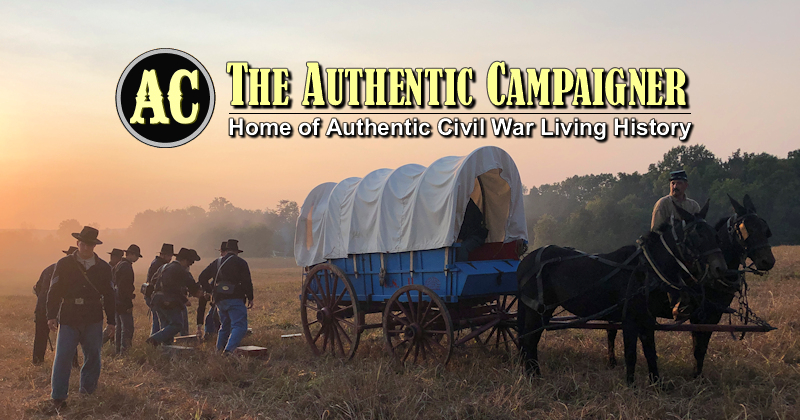Hi all -
I recently purchased an Armi Sport Enfield 1853 and would like to do a little defarbing work on the stock. I understand that AS Enfield stocks don't have the best proportions (ie. they're too thin fore and aft of the lock, as I've read elsewhere), but I'll do what I can.
I'd like to strip the stock and apply boiled linseed oil. I understand it will take a few coats with generous drying time between each, but that's about all I know. I've seen mentioned on several websites that the stock is to be waxed after the final coat of oil, but I'm not sure which type of wax to use or the best method for application. I also believe that the oil itself should darken the wood, but I'd like to get a nice, dark brown color. Should I use wood stain before the oil, or will the oil itself give me that color?
Any advice you could give me from your own experience or general know-how would be most appreciated.
Thanks,
Tad Frei
I recently purchased an Armi Sport Enfield 1853 and would like to do a little defarbing work on the stock. I understand that AS Enfield stocks don't have the best proportions (ie. they're too thin fore and aft of the lock, as I've read elsewhere), but I'll do what I can.
I'd like to strip the stock and apply boiled linseed oil. I understand it will take a few coats with generous drying time between each, but that's about all I know. I've seen mentioned on several websites that the stock is to be waxed after the final coat of oil, but I'm not sure which type of wax to use or the best method for application. I also believe that the oil itself should darken the wood, but I'd like to get a nice, dark brown color. Should I use wood stain before the oil, or will the oil itself give me that color?
Any advice you could give me from your own experience or general know-how would be most appreciated.
Thanks,
Tad Frei







Comment